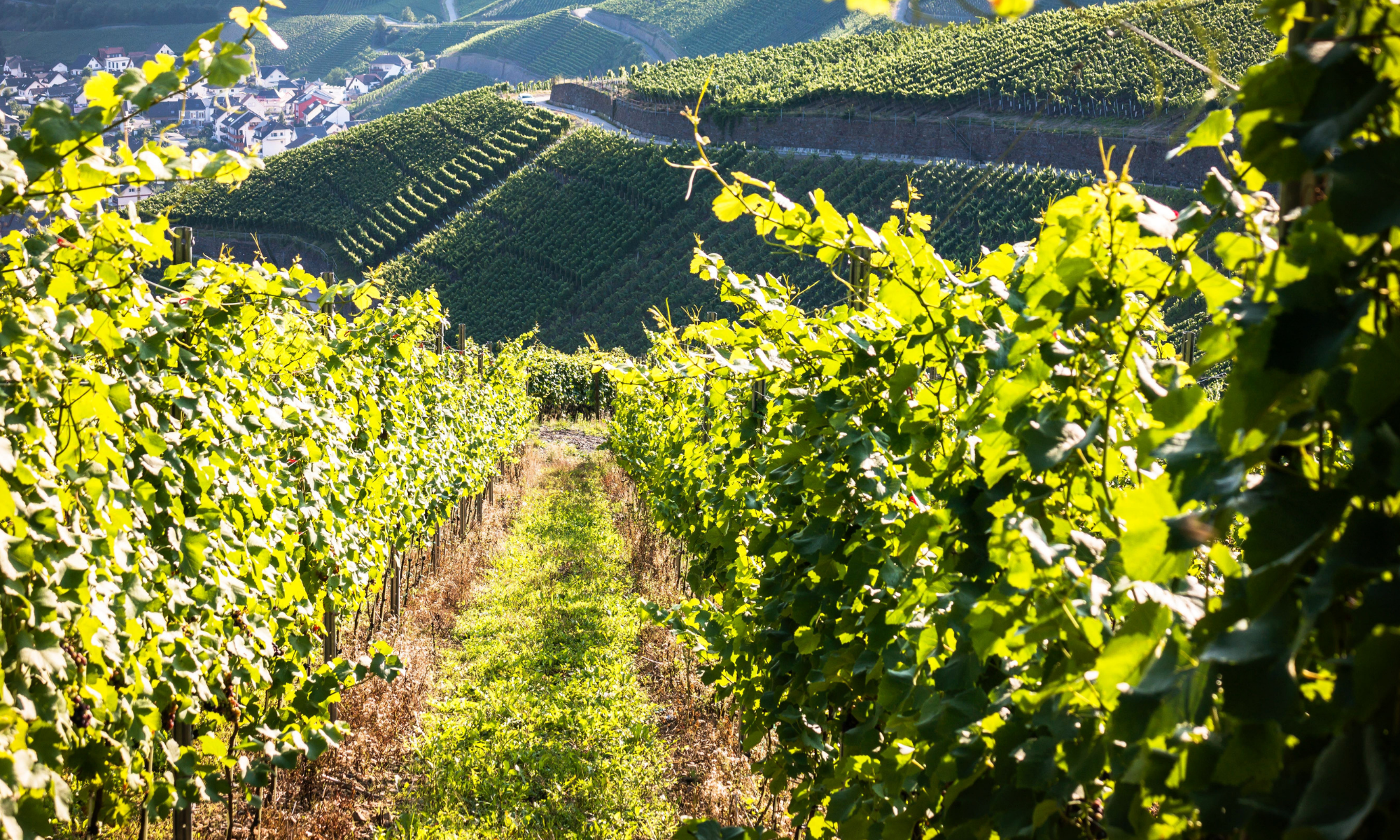June is Orca Awareness Month and, at the end of May, Orca scientists celebrated the birth of a new calf to the J-pod off the coast of British Columbia, Canada. So the perfect time to share this book (that had found a great hibernation space at the bottom of my book basket!).
 The Orca Scientists (Scientists in the Field Series)
The Orca Scientists (Scientists in the Field Series)
by Kim Perez Valice; photos by Andy Comins
80 pages; ages 10 – 12
HMH Books for Young Readers, 2018
In the early 1970’s Dr. Mike Bigg, a marine mammal scientist, pioneered a method of photo identification for orcas. He found that the dorsal fin “saddle patch” for each whale was unique, like fingerprint in humans. And that allowed him to follow individual whales and their pods.
Today, Ken Balcomb and other whale researchers use those techniques as they continue the research on resident and transient orcas off the coast of Washington state and southern Canada. Ken is the founder and principal investigator for the Center for Whale Research at Friday Harbor. From May through October, he and other scientists keep track of who’s swimming with whom.
Despite their name of “killer whales”, over his 40 years of observing Ken’s never seen any of his whales kill anything other than the fish they eat. And they eat a lot – about 5% of their body weight in fish each day. Unfortunately, a decreasing fish population creates problems for the whales. They have to travel greater distances to find food, and that means less time for socializing, playing, and resting.
What I like about this book: Reading this book is the next best thing to being in a boat with the whale scientists. We really get to know some of the personalities and lifestyles of the orcas. We get side ring seats to a mother whale teaching her calf how to hunt. Hint: it’s similar to how mother cats teach their kittens.
We learn about other environmental issues that put orcas (and whales in general) at risk – such as the pollution. And we get a close-up view of scientists taking blubber samples to determine levels of PCBs and DDY. Unfortunately, even banned chemicals remain in the environment for a long time.
There are great sidebars that help explain things like why orcas are black and white, and the Samish naming ceremony for the whales.
There’s a great chapter about Tucker, the detection dog who works with the whale scientists. Tucker’s job: to locate whale scat.
There are a lot of unanswered questions, but it’s not too late to make a difference. Check out the Orca Network and Whale Research Center for more information.

It’s STEM Friday! (STEM is Science, Technology, Engineering, and Mathematics)
Copyright © 2019 Sue Heavenrich All Rights Reserved.










 The Orca Scientists (Scientists in the Field Series)
The Orca Scientists (Scientists in the Field Series)



